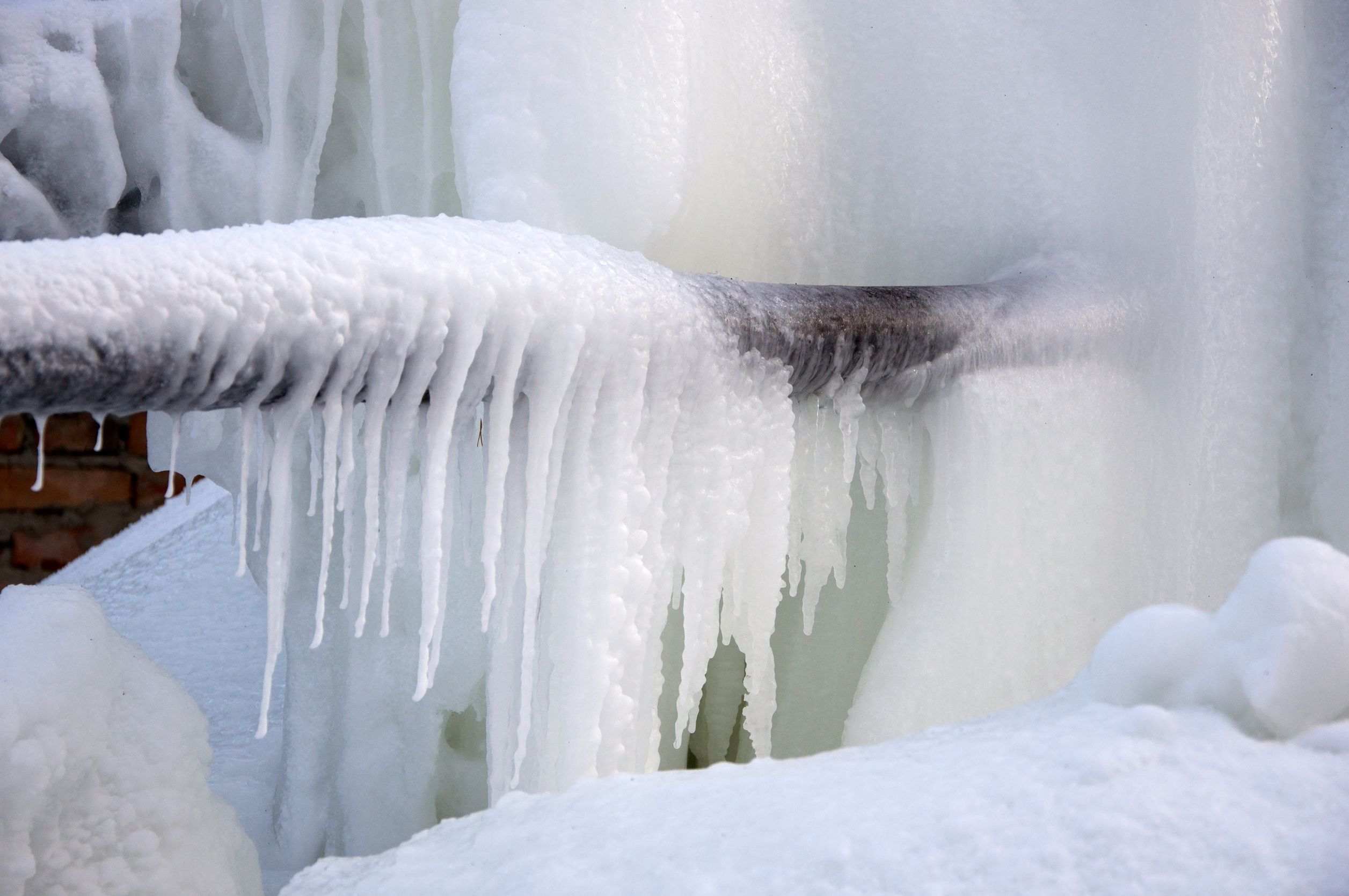Are you trying to find advise involving How to Prevent Your Pipes From Freezing?

Cold weather can ruin your pipes, specifically by freezing pipelines. Here's just how to stop it from occurring and what to do if it does.
Introduction
As temperatures decline, the danger of icy pipelines increases, possibly causing expensive repair work and water damages. Recognizing just how to avoid icy pipes is important for homeowners in chilly environments.
Understanding Frozen Pipelines
What creates pipes to freeze?
Pipes ice up when revealed to temperature levels below 32 ° F (0 ° C) for extended periods. As water inside the pipelines freezes, it expands, taxing the pipe wall surfaces and potentially creating them to rupture.
Threats and damages
Icy pipes can bring about water system disruptions, property damage, and pricey repair work. Ruptured pipes can flood homes and create substantial structural damages.
Signs of Frozen Pipeline
Recognizing frozen pipes early can avoid them from breaking.
How to determine frozen pipelines
Try to find reduced water circulation from taps, unusual smells or sounds from pipelines, and visible frost on revealed pipelines.
Avoidance Tips
Shielding susceptible pipelines
Wrap pipelines in insulation sleeves or use warmth tape to safeguard them from freezing temperature levels. Focus on pipes in unheated or exterior areas of the home.
Heating techniques
Keep interior areas appropriately heated, particularly locations with pipes. Open cupboard doors to allow warm air to flow around pipes under sinks.
Shielding Exterior Pipes
Garden pipes and exterior faucets
Detach and drain garden pipes prior to winter season. Set up frost-proof faucets or cover exterior faucets with insulated caps.
What to Do If Your Pipes Freeze
Immediate activities to take
If you believe icy pipelines, maintain taps open to eliminate stress as the ice thaws. Make use of a hairdryer or towels taken in warm water to thaw pipelines gradually.
Long-Term Solutions
Architectural modifications
Take into consideration rerouting pipelines far from exterior walls or unheated locations. Add added insulation to attics, basements, and crawl spaces.
Upgrading insulation
Purchase high-quality insulation for pipelines, attics, and walls. Proper insulation aids keep consistent temperature levels and reduces the danger of icy pipelines.
Verdict
Preventing icy pipes needs positive procedures and fast actions. By recognizing the reasons, indicators, and preventive measures, house owners can secure their pipes throughout cold weather.
5 Ways to Prevent Frozen Pipes
Drain Outdoor Faucets and Disconnect Hoses
First, close the shut-off valve that controls the flow of water in the pipe to your outdoor faucet. Then, head outside to disconnect and drain your hose and open the outdoor faucet to allow the water to completely drain out of the line. Turn off the faucet when done. Finally, head back to the shut-off valve and drain the remaining water inside the pipe into a bucket or container. Additionally, if you have a home irrigation system, you should consider hiring an expert to clear the system of water each year.
Insulate Pipes
One of the best and most cost-effective methods for preventing frozen water pipes is to wrap your pipes with insulation. This is especially important for areas in your home that aren’t exposed to heat, such as an attic. We suggest using foam sleeves, which can typically be found at your local hardware store.
Keep Heat Running at 65
Your pipes are located inside your walls, and the temperature there is much colder than the rest of the house. To prevent your pipes from freezing, The Insurance Information Institute suggests that you keep your home heated to at least 65 degrees, even when traveling. You may want to invest in smart devices that can keep an eye on the temperature in your home while you’re away.
Leave Water Dripping
Moving water — even a small trickle — can prevent ice from forming inside your pipes. When freezing temps are imminent, start a drip of water from all faucets that serve exposed pipes. Leaving a few faucets running will also help relieve pressure inside the pipes and help prevent a rupture if the water inside freezes.
Open Cupboard Doors
Warm your kitchen and bathroom pipes by opening cupboards and vanities. You should also leave your interior doors ajar to help warm air circulate evenly throughout your home.

Do you really like reading up on Helpful Tips to Prevent Frozen Pipes this Winter? Post feedback below. We'd be happy to see your ideas about this piece. Hoping that you come back again soon. Are you aware of someone else who is interested in the niche? Be sure share it. Thank you for going through it.
Visit Site